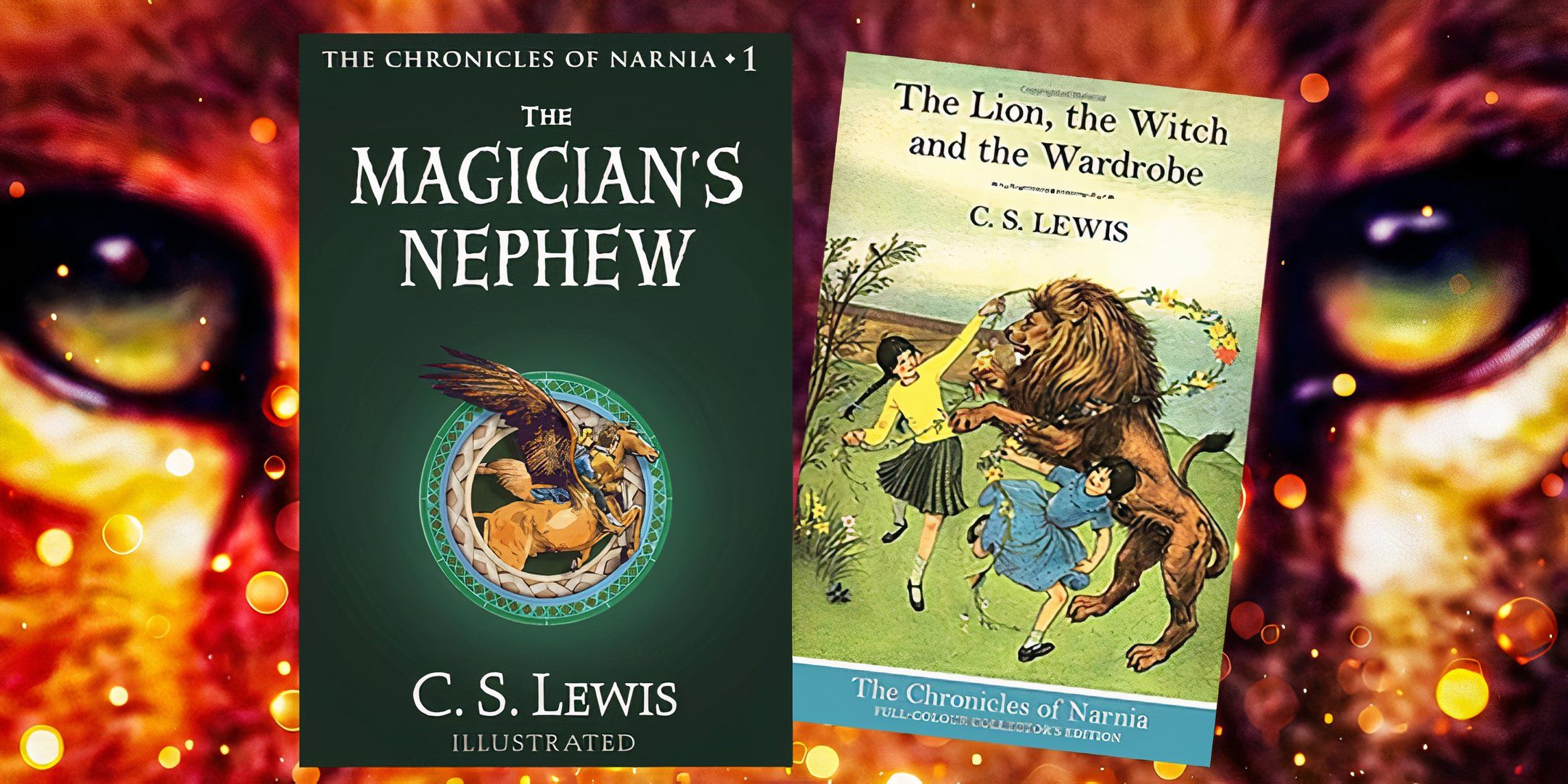The Chronicles of Narnia takes place in a whimsical fantasy setting, drawing different mythologies and fairy tales into its magic system and aesthetics, with the classic fantasy trope of talking animals being among the Narnians. However, somewhat confusingly, regular, “dumb” animals who do not talk are also present in Narnia and the surrounding countries. Notably, most of Narnia’s typical population is non-human, being made up of talking Animals and various mythological creatures like centaurs, fauns, nymphs, etc. More humans become present later on after the integration of the Telmarine population into Narnia during Caspian’s rule.
However, the story of Narnia largely revolves around the human children who come to Narnia from the real world whenever the kingdom requires salvation. There are many challenges Greta Gerwig faces in adapting the Pevensie children, as well as possibilities for the Netflix reboot to further explore Narnia’s Northern witches. Among the harsh realities of the Narnia books is its hand-waved world-building, which is even more apparent in adaptations that don’t explain on-screen the difference between talking and non-talking animals in Narnia. However, there is a clear lore origin for this in the source material.
Aslan Gave The Animals In Narnia A Choice To Keep Or Give Up Their Intelligence
Aslan Gave A Selection Of Animals Intelligence & Speech At The Founding Of Narnia
The Magician’s Nephew, the first book in the Narnia series chronologically, depicts Aslan creating Narnia and its inhabitants, giving some of the animals human intelligence. Recalling biblical imagery, Aslan chooses two animals each from a variety of specifics, and grants them the ability of speech, while the rest wander off. Animals of both types are born from these at the beginning of Narnia and talking and speechless animals would populate the country. At their creation, Aslan tells the Animals:
“The Dumb Beasts whom I have not chosen are yours also. Treat them gently and cherish them but do not go back to their ways lest you cease to be Talking Beasts. For out of them you were taken and into them you can return. Do not so.”
Thus, the Animals do have something of a choice, to uphold being Talking Beasts or revert back to more primitive ways.
There are some animals throughout the Narnia books who lose the ability to speak, seemingly a widespread occurrence during the Telmarine regime wherein many animals were treated badly enough that they were coerced into this choice. Notably, the villainous cat Ginger is essentially frightened into being an animal in The Last Battle, thought to be punishment for betraying Aslan. It is clear that there are some external circumstances dictating which characters in the series become Animals vs. animals, but Aslan’s original decree implies that he gave them a choice all the same, often coming down to strength of character.
The Narnia Books & Movies Place Most Of Their Focus On The Animals Who Can Speak
The Beavers, Reepicheep, & Others Are More Interesting Than Animals Who Can’t Speak
While the narrative favors the human characters whom the reader will obviously relate to more, there are several noteworthy Animal characters featured in the Narnia books. The Magician’s Nephew features Fledge, previously a normal cab horse from London who is also given wings; the married Beaver couple who take in the Pevensie children in The Lion, the Witch, and the Wardrobe; Reepicheep and others in Prince Caspian; the Parliament of Owls in The Silver Chair; and multiple antagonistic characters in The Last Battle. This is in addition to more fantastical animals like unicorns occasionally having a role in the story.
For story purposes, these creatures are understandably given more focus when it is easier to leverage them as a writer would a human character. Dumb Beasts seem to exist as part of the backdrop of Narnia, without much exploration of their role and how the Talking Beasts fulfill their promise to look after these animals. Presumably, humans such as the Telmarines and perhaps even some Narnians would ride horses into battle and employ other animals in typical domestic or labor-driven roles, without it being touched upon what Animals think of these practices.
It’s Not Clear What Becomes Of The Animals Who Forgo Their Intelligence In Narnia
The New Narnia Movies Could Further Explore This Hierarchy
It’s also not totally delved into if certain Animals would have chosen to become animals at a time when Narnia was not in a crisis, or what would have happened to them; how their family and friends would handle their departure. There is a poignant scene in The Silver Chair that suggests it is socially acceptable to eat game if it is of a killed animal, but abhorrent if it was a talking Animal, essentially amounting to cannibalism. This suggests a dark train of thought where, despite a doctrine of treating animals well, those who choose this accept this as their fate.
C. S. Lewis did incorporate some striking material into his fantasy classic that touches upon themes of environmentalism and interspecies relationships.
Ultimately, the dumb animals of Narnia are simply animals as they are in the real world; while the narrative goes down some paths of exploring animal cruelty through characters like Fledge, it does occasionally prove that Narnians are more likely to get away with the mistreatment of animals rather than their intelligent counterparts. C. S. Lewis did incorporate some striking material into his fantasy classic that touches upon themes of environmentalism and interspecies relationships, but the talking Animals are largely genre trappings of The Chronicles of Narnia, but also an element the reboot could further explore for a more moving effect.







